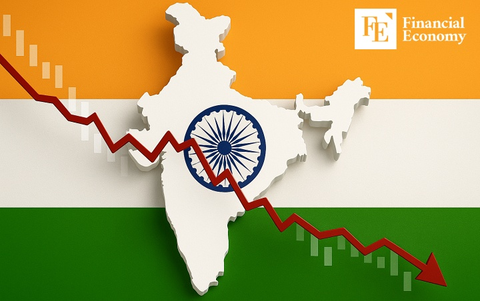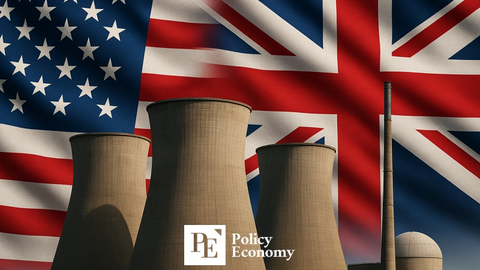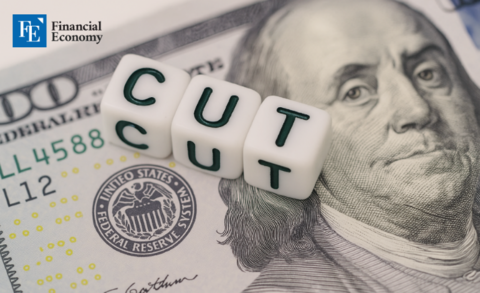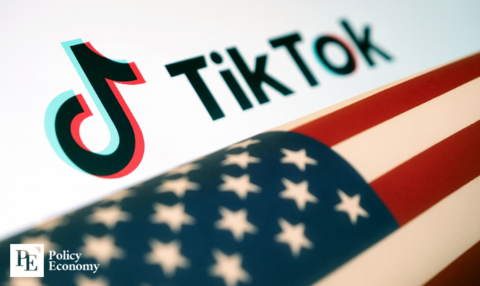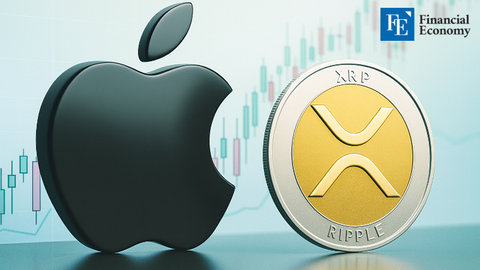"Luxury Prices Are a Bubble": China Launches Public Opinion Campaign, Western Brands in Distress”
Input
Modified
Luxury product cost-exposé videos spreading on social media platforms Is the luxury industry’s signature price-hike strategy losing its power? Luxury market slowdown forecasted from multiple sources

Once seen as impervious to market mood swings, the luxury industry is now being shaken by a surge of skepticism—fueled not by financial forecasts or economic indicators, but by viral videos on social media. In the context of worsening U.S.-China trade tensions, Chinese-made content exposing the real cost of producing high-end goods has started to shift consumer perception. What began as isolated posts has snowballed into a coordinated wave of content, capturing the attention of global audiences and triggering alarm bells within the luxury sector. The timing, tone, and traction of these videos suggest more than casual criticism—they represent a deliberate push in the mounting narrative war between two economic giants.
Viral Factory Videos Fuel Growing Skepticism
On platforms like TikTok and X (formerly Twitter), videos allegedly recorded in Chinese factories are rapidly spreading. These clips claim to reveal the true production costs of premium goods from well-known brands such as Hermès, Nike, and Lululemon. The content is often unverified but highly persuasive—some videos have amassed millions of views, all while calling into question the value proposition luxury brands have long relied upon.
One particularly viral post published on April 13 claimed that a Hermès Birkin bag, a symbol of ultra-exclusive fashion, costs only $1,395 to manufacture. A Chinese factory employee, speaking fluent English, broke down the individual costs of leather, materials, and labor, ultimately concluding that around 90% of the retail price—approximately $38,000—comes from the Hermès logo itself.
Another TikTok user alleged that Lululemon yoga leggings, which retail in the U.S. for more than $100, are produced in Chinese factories for as little as $5 to $6. According to the influencer, the materials and craftsmanship used in manufacturing are virtually identical to the final retail versions. In response, Lululemon clarified that only 3% of its finished products are made in mainland China and emphasized that authentic leggings are sold exclusively through the company’s official channels.
These videos have not gone unnoticed. Analysts and insiders suggest they may be part of a broader strategy by China to push back against U.S. tariffs while directly appealing to American consumers. The message embedded in many of these clips is clear: Western luxury brands are charging exorbitant prices for items manufactured at a fraction of the cost in China. Moreover, some videos subtly promote the idea that consumers should bypass Western retailers altogether and instead purchase directly from Chinese sources. This shift in narrative highlights how digital platforms are becoming arenas for geopolitical influence, with economic frustrations weaponized through viral content.
Luxury Giants Risk a Crack in Their Armor
The luxury industry has long weathered economic slowdowns by leaning into its brand power and pricing boldly. In markets like South Korea, this strategy has been particularly evident. Chanel, for instance, increased prices of key products by an average of 2.5% in January. Hermès raised handbag prices by 10% during the same period, while Louis Vuitton implemented price hikes of up to 13% in January, followed by an additional 3% increase in April.
This confidence in pricing stems from the belief that the prestige and allure of luxury brands are enough to justify ever-rising tags. In fact, the numbers have backed this approach—at least until recently. Chanel Korea, after implementing three price increases in January, March, and August of 2024, still reported a year-on-year revenue jump of 8.3%, reaching ₩1.8446 trillion (approximately $1.4 billion). Hermès Korea recorded a 21% rise in revenue to ₩964.3 billion (around $705 million), while Louis Vuitton Korea's earnings climbed by 5.9% to ₩1.7484 trillion (about $1.3 billion).
However, the strategy may be reaching its limits. As more consumers become aware of the relatively low production costs of luxury items, the traditional value narrative begins to erode. Experts within the industry acknowledge that the pricing model depends heavily on consumer belief in brand prestige. Now that that belief is being challenged—especially through relatable, viral content—the allure may start to fade. If shoppers begin to question the justification for such high prices, they may choose to walk away, leaving luxury brands with a credibility crisis.
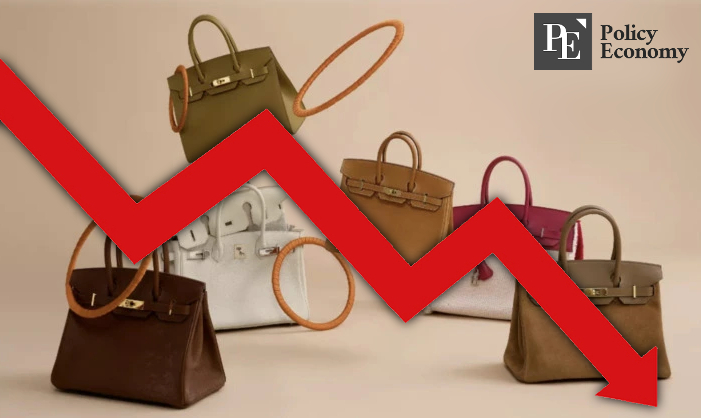
Storm Clouds Gather Over the Global Luxury Market
Amid the growing buzz around these videos, signs of a broader slowdown in the luxury market are emerging. Recent forecasts from international analysts paint a less-than-glamorous picture of the months ahead. Market research firm Bernstein, once optimistic about a 5% growth in luxury sales this year, has reversed its projection and now anticipates a 2% decline. This downgrade stems from growing concerns over the destabilizing impact of U.S. President Donald Trump’s tariff policies, which have introduced volatility into financial markets and contributed to an economic climate ripe for recession.
Global consulting powerhouse Bain & Company reached a similar conclusion in its latest annual report. It projects that the global personal luxury market will shrink to €363 billion (about ₩538 trillion or $390 billion)—a 2% drop from the previous year. Bain partner Federica Levato emphasized that, excluding the pandemic, this marks the first contraction of the industry since the 2008–2009 financial crisis. She also highlighted that the global luxury consumer base, which had reached 400 million at its peak, has lost 50 million buyers over the last two years alone.
Financial institutions are taking note as well. On April 9, Deutsche Bank adjusted its revenue growth forecast for the luxury sector in 2025 downward by three percentage points, reducing it to just 2%. The bank also downgraded its investment outlook for Richemont and Kering from "Buy" to "Hold," while lowering their target stock prices. Major players like LVMH, Moncler, Zegna, and Burberry also saw their target prices slashed by between 10% and 30%.
In an industry where image is currency and perception drives demand, these shifts in public narrative and market conditions represent more than just temporary turbulence. As transparency and digital storytelling reshape the landscape, the luxury market faces an uncomfortable question: can it preserve its mystique in an age when consumers are no longer willing to pay just for the name?




